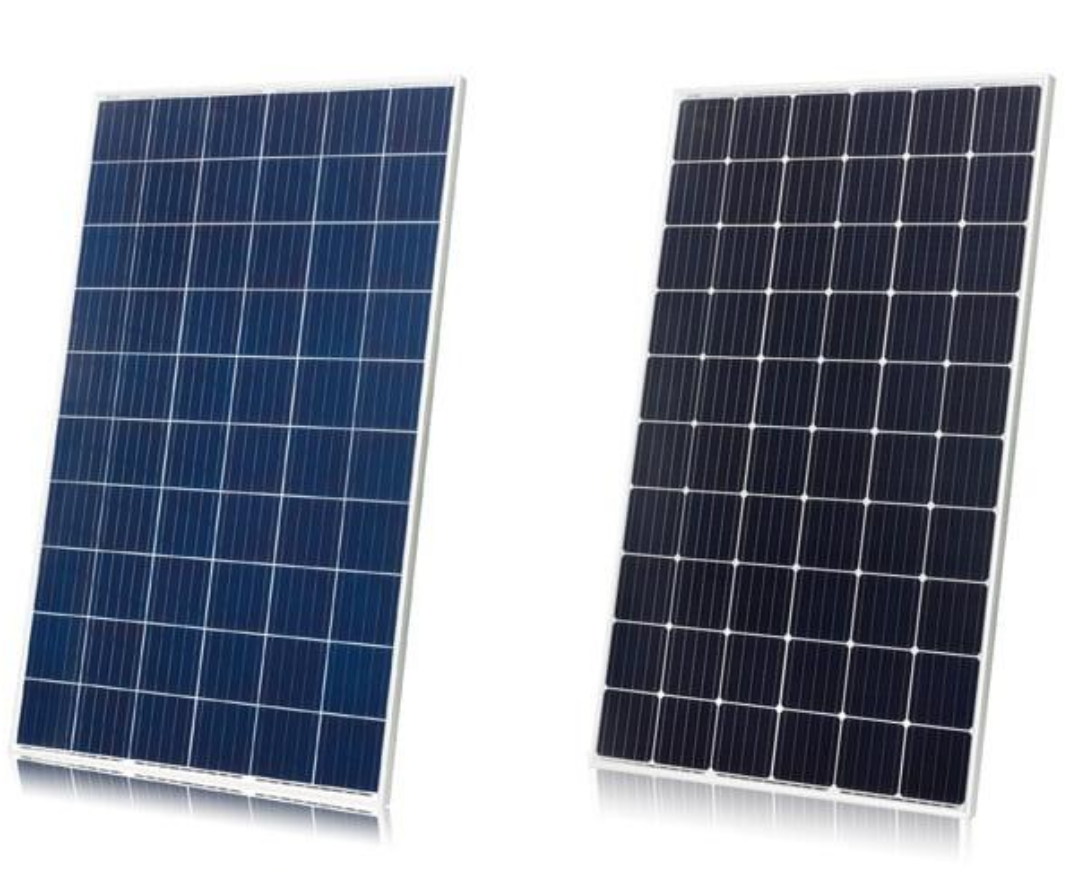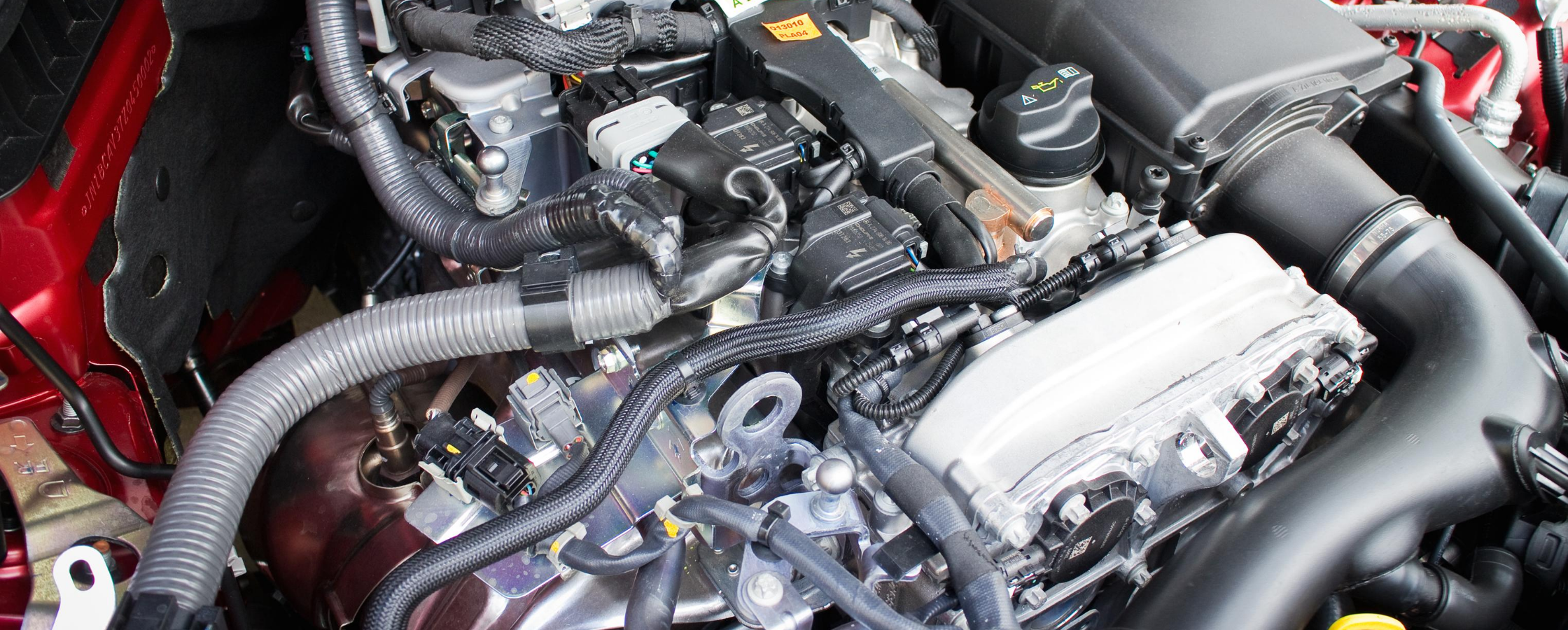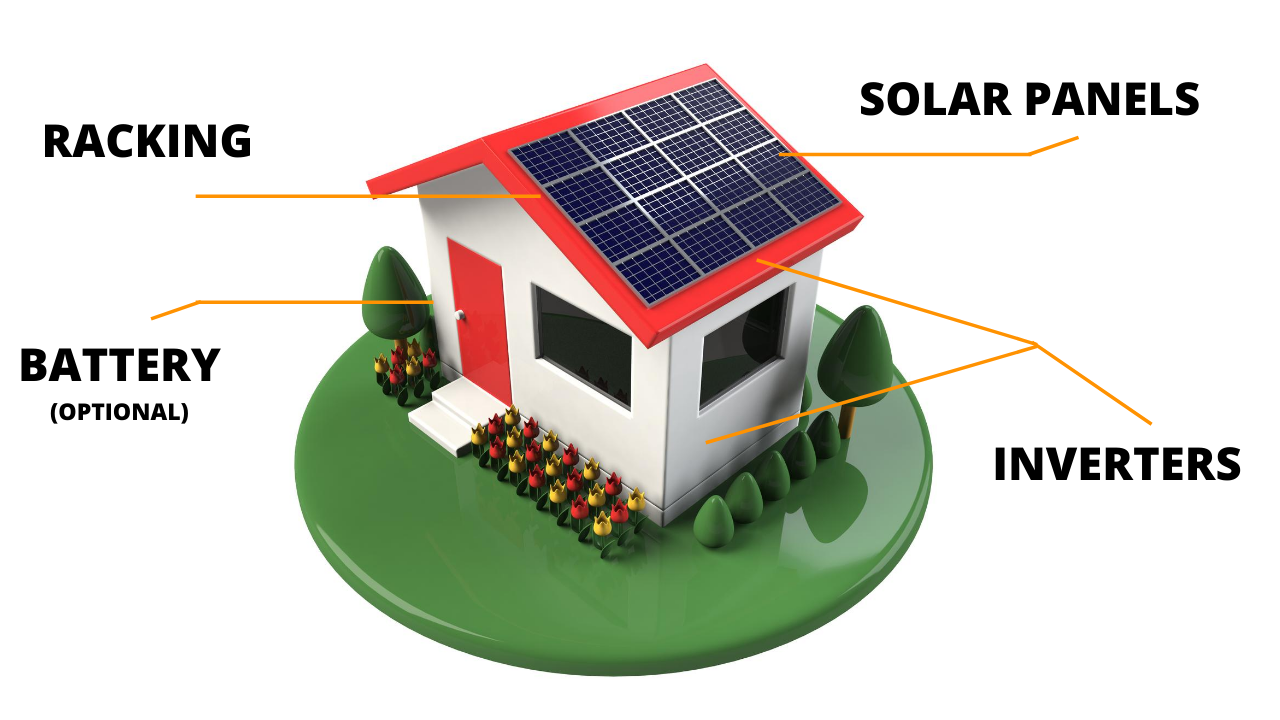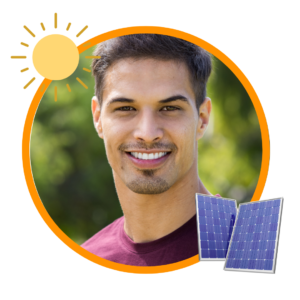How Does a Solar Panel System Work, What Are Its Parts, and How Does it Produce Solar Power?
At Synergy Solar, as one of the largest and most trusted solar installers in South Florida, we feel it’s important to provide educational resources so that homeowners can learn about solar and decide if solar is best. for their home. To help with that, in today’s article, I cover some of the basics of a solar panel system including how a solar panel system works, its various parts, and how solar panels produce solar power.
If you are considering solar panels for your home you are probably imagining something like this:


Well, yes, that’s what solar panels look like, but there’s more to a solar panel system than just the solar panels that go on the roof. Even in the above picture, the difference between the two solar panels is more than just their color. So how does a solar panel system work?
I believe that going solar is an important decision and a great investment. That’s why I value education and write these articles. I hope you find today’s article informative and interesting.
Your understanding of the different parts of a solar panel system is just as important to us as it is to you, the home or business owner.
Fortunately, even though the thought of going solar may seem daunting or expensive at first, I am happy to let you know that a basic understanding of how a solar panel system works and its different parts can be achieved in less than 15 minutes.
No, I am not trying to rush you through this but a solar panel system isn’t very complicated because, unlike a car engine, solar panels have no moving parts. And a solar panel system itself doesn’t have many parts at all.

Unlike a car’s engine, that is made up of hundreds of different parts that move together and respectively effect one another, a solar system has only has FOUR MAIN PARTS. None of them have machinery or moving pieces and they all work together to supply your home with clean, affordable and sustainable energy!
Understanding a Solar PV System in 15 Minutes

There it is, a solar panel system and all its four parts. At the bottom of the article you will find links to more details about each individual part but here is a quick explanation of each, since after all we did promise you would understand the basics of a system in 15 minutes:
SOLAR PANELS: The solar panels use the sun’s photons and through very conductive materials turn the sun’s energy into direct current.
As a fun fact, the energy from sunlight that reaches Earth is roughly 4% UV rays, 43% visible light, and 53% infrared rays. Solar panels convert a lot of visible light into electrical energy, and they can make use of almost half the infrared energy. Solar panels only use a small portion of UV rays.
INVERTERS: Because your house uses AC (alternating current) and not DC (direct current) a solar PV system needs inverters that take the direct current and turn it into alternating current so that your home can use the energy created by the solar panels. The inverters you choose for your system are very important so be sure to read the additional information provided about inverters in the below link.
RACKING (AKA: MOUNTING): Racking or mounting is the actual rig that the solar panels are attached to on your roof. Essentially a framework that ensures the solar panels are sturdily attached to your roof and facing at the right angle for optimal energy production.
BATTERY: Solar batteries are used for two purposes. The primary purpose is to store energy created by your solar panels so that you have energy available at night when solar panels are not producing power. But don’t worry, if you don’t have a battery as part of your solar panel system, you will definitely still have power at night. The other purpose is to help you maintain power throughout power outages in the grid.
Well, there you have it! All four parts of a solar panel system are explained in under 15 minutes. We hope that this information is helpful for you when you are considering going solar. Please leave us a comment with your thoughts or if you have any questions and remember to check out the below links that will give you further information about each part as well as go into the subject of brands as well:
Batteries are optional. For that reason, we do not generally include them in a solar installation unless specifically requested by you or unless we see the need for them when designing your system.
As one of South Florida’s most reliable solar installers, Synergy Solar offers free consultations and estimates for your future solar project.
 Article Written by Roberto De Solar
Article Written by Roberto De Solar
Editor at Synergy
Synergy is a leading solar installer in Miami & South Florida
Contact Synergy
